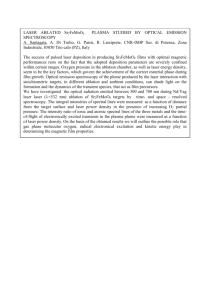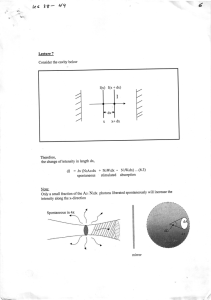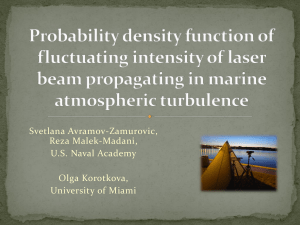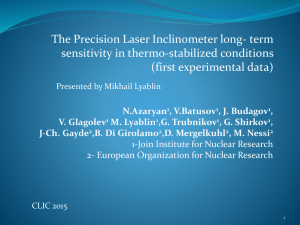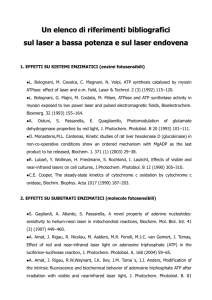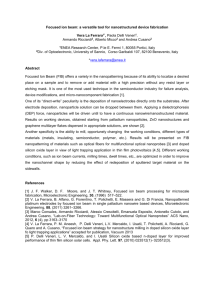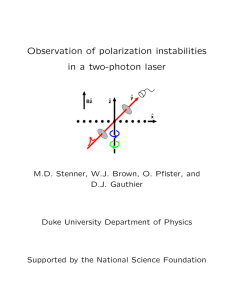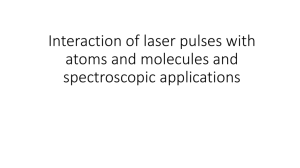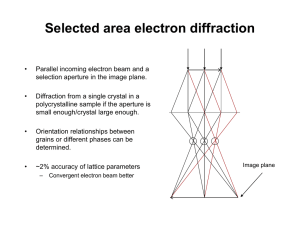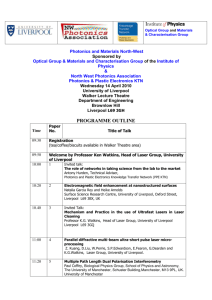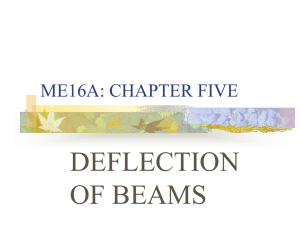Positron beam generated in ultra-intense laser interacting with a
advertisement
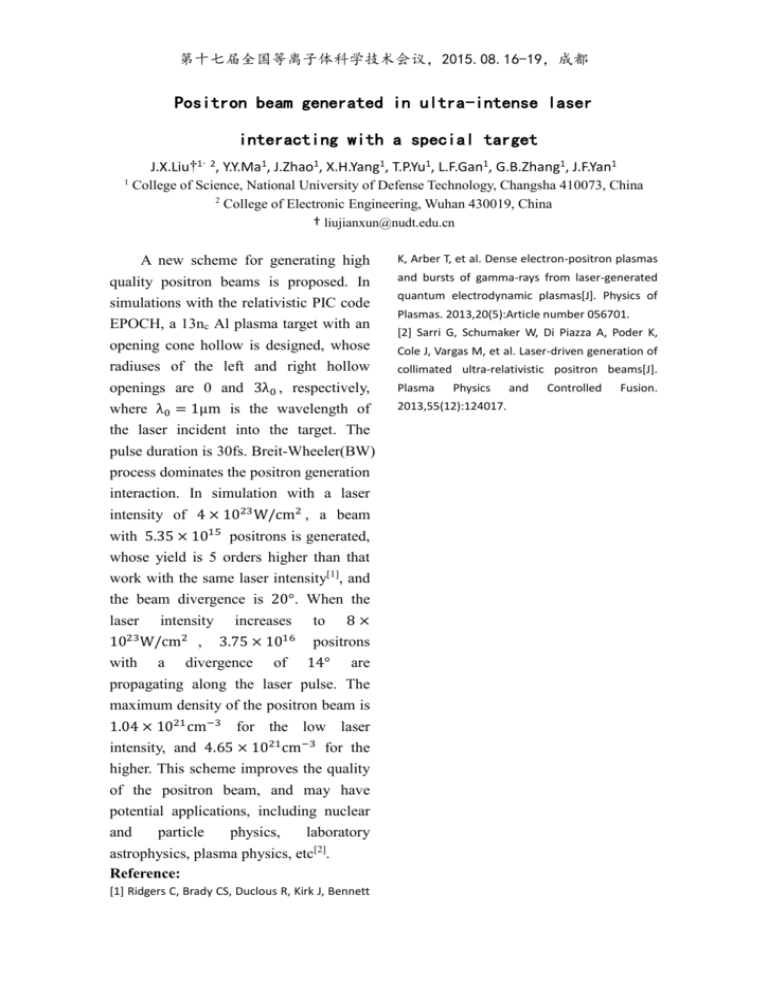
第十七届全国等离子体科学技术会议,2015.08.16-19,成都 Positron beam generated in ultra-intense laser interacting with a special target J.X.Liu†1,2, Y.Y.Ma1, J.Zhao1, X.H.Yang1, T.P.Yu1, L.F.Gan1, G.B.Zhang1, J.F.Yan1 1 College of Science, National University of Defense Technology, Changsha 410073, China 2 College of Electronic Engineering, Wuhan 430019, China † liujianxun@nudt.edu.cn A new scheme for generating high quality positron beams is proposed. In simulations with the relativistic PIC code EPOCH, a 13nc Al plasma target with an opening cone hollow is designed, whose radiuses of the left and right hollow K, Arber T, et al. Dense electron-positron plasmas openings are 0 and 3λ0 , respectively, where λ0 = 1μm is the wavelength of the laser incident into the target. The pulse duration is 30fs. Breit-Wheeler(BW) process dominates the positron generation interaction. In simulation with a laser Plasma intensity of 4 × 1023 W/cm2 , a beam with 5.35 × 1015 positrons is generated, whose yield is 5 orders higher than that work with the same laser intensity[1], and the beam divergence is 20°. When the laser intensity increases to 8 × 1023 W/cm2 , 3.75 × 1016 positrons with a divergence of 14° are propagating along the laser pulse. The maximum density of the positron beam is 1.04 × 1021 cm−3 for the low laser intensity, and 4.65 × 1021 cm−3 for the higher. This scheme improves the quality of the positron beam, and may have potential applications, including nuclear and particle physics, laboratory astrophysics, plasma physics, etc[2]. Reference: [1] Ridgers C, Brady CS, Duclous R, Kirk J, Bennett and bursts of gamma-rays from laser-generated quantum electrodynamic plasmas[J]. Physics of Plasmas. 2013,20(5):Article number 056701. [2] Sarri G, Schumaker W, Di Piazza A, Poder K, Cole J, Vargas M, et al. Laser-driven generation of collimated ultra-relativistic positron beams[J]. Physics 2013,55(12):124017. and Controlled Fusion.
